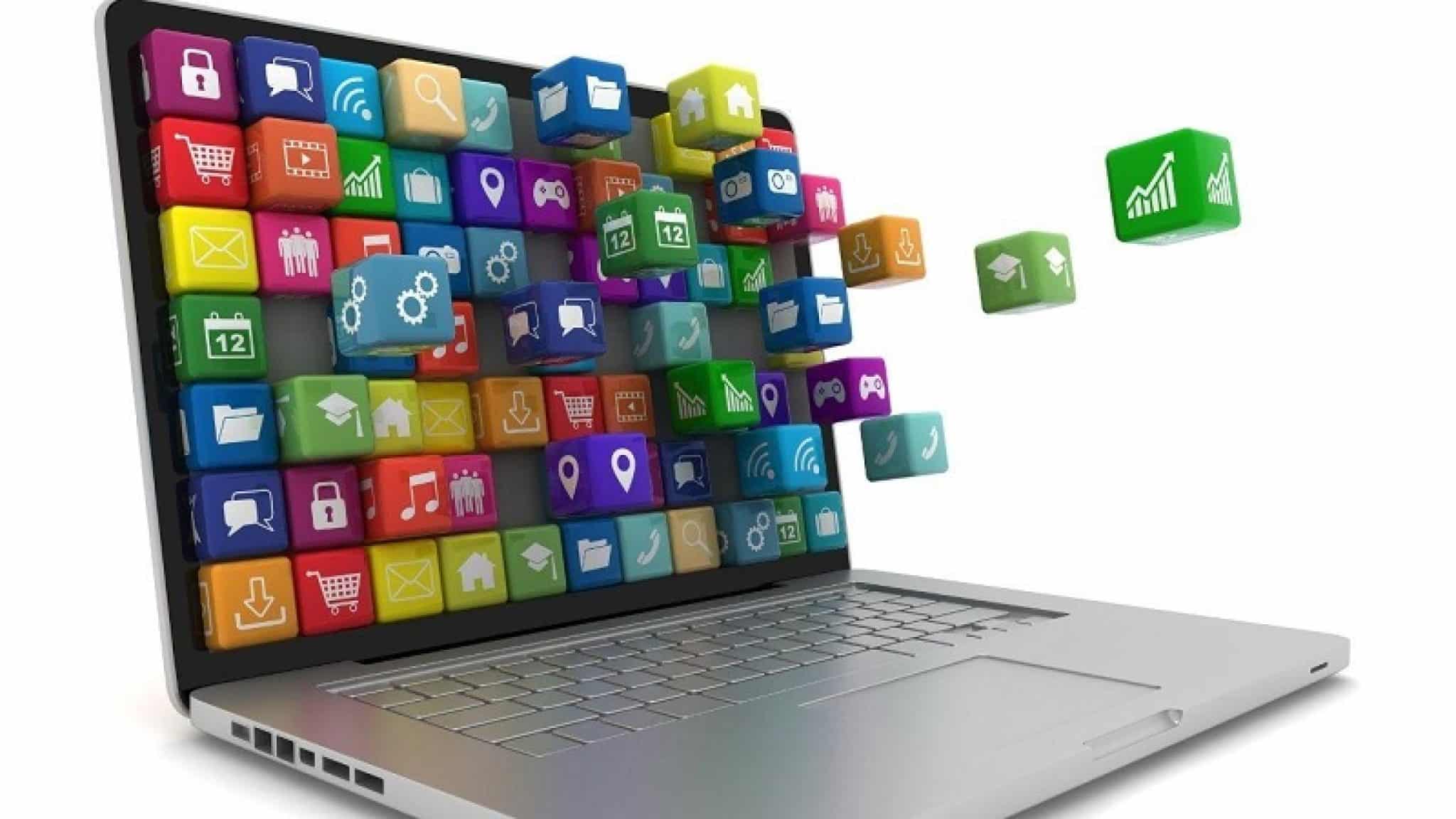Computer Software
Introduction Of Computer Software-
Computer software is basically a set of instructions, data, or programs used for operating computers and performing other specific tasks. It's the non-physical component of a computer, alongside hardware, which includes the tangible parts. Without software, computer hardware is essentially non-functional.
What is Computer Software-
Computer software is that set of instructions, data, or programs which explains to the computer what must be done. Hardware describes the physical parts of the computer; however, since software is intangible, its composition involves digital code and runs on the hardware.
Computer Software Key Characteristics-
1. Intangibility
Software is not a tangible entity; it exists in the memory of a computer in terms of instructions.
2. Customizability
Software can be developed or configured according to user requirements or specific operations that have to be carried out.
3. Functionality
Software provides particular functionalities to the user, like data processing, controlling hardware, and facilitating communication.
4. Scalability
Software can quite often be scaled up-or down, according to what is needed.
5. Portability
Most software can be used across a different platform and operating system using minimal modifications.
6. Reliability
A good quality software works without failure or breakdown under given conditions over and over again with respect to accuracy and dependability.
7. Maintainability
Software can be adapted to new requirements or technological changes by updating, debugging, or improving it.
8. Efficiency
Efficient software uses minimal resources like CPU, memory, or energy to accomplish its goals.
9. Reusability
Software components or modules can often be reused in other programs, saving time and resources.
10. Interoperability
Modern software can integrate with other systems or applications to exchange data and functionality seamlessly.
11. User-friendliness
Software interfaces are typically designed to be intuitive and accessible for users, even those with minimal technical knowledge.
12. Security
Software often has data protection, user privacy, and protection against unauthorized access or threats.
13. Evolvability
Software evolves over time, adapting to new user needs, technologies, and environments through updates and upgrades.
14. Dependency
Software relies on underlying hardware, operating systems, and other software to function.
Need Help In ICT Contact us Now:-https://bizkranti.com/

Comments
Post a Comment